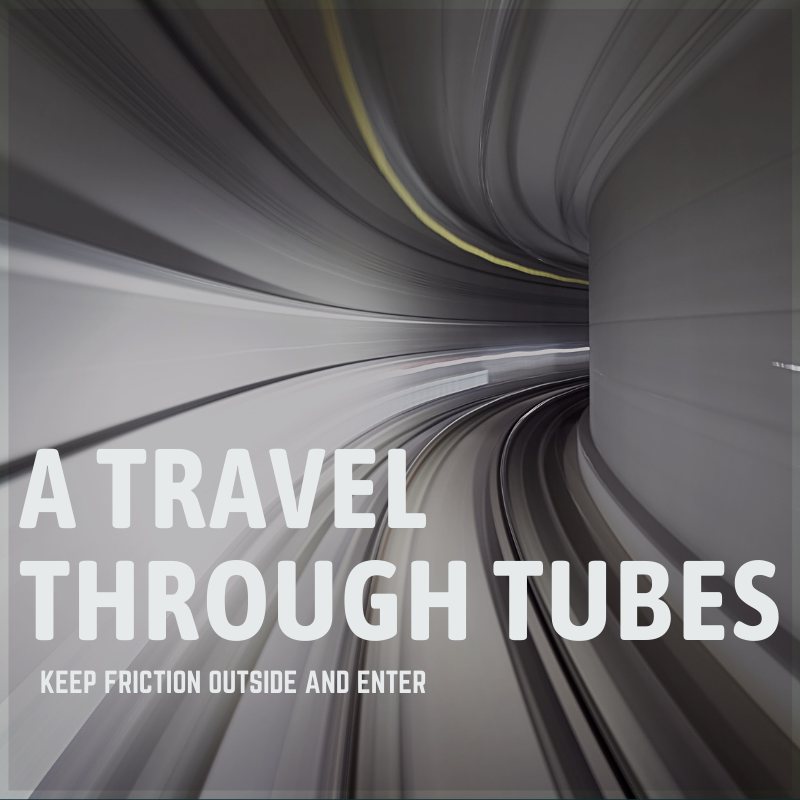A Travel through Tubes
Ok, let’s try something else. This time you try to overtake not a bullet but a bullet train. Still feel the impossibility? You may feel so, nevertheless it’s possible. You just need one teammate to accomplish this.
VIRGIN HYPERLOOP!
‘I’m thinking of a fifth mode of transport’, said Elon Musk. He was also the one who called it ‘Hyperloop’.

Elon Musk has open-sourced the idea of Hyperloop by publishing Hyperloop Alpha white paper. We here at Sciendrome are big fans of him and his innovative appetite, who wouldn’t be?
The concept was baked and the vision was set. Now, the practicality was a question. The efforts to implement the idea commenced at 2012 and had significant contributions from giants like SpaceX and MIT and many others who joined the race.
Following up Musk’s idea, Shervin Pishevar, an investor, set up ‘Hyperloop Technologies’, deemed to be a stalwart in the field later on, by recruiting board members and bringing in initial investments. The startup saw its successful expansion, be it in moving to a new campus, roping in investors , emergence into ‘Forbes’ magazine’s cover or conducting successful tests. Now they’re rebranded as ‘Virgin Hyperloop’. Yeah! your teammate’s name.
Endeavour is commendable but as the results are more intriguing, we’re going with the facts rather than history of Hyperloop development.
When you were solving your secondary school physics problems, you should have neglected air resistance for innumerable times. Without doubts, that was to obtain ideal results rather than practical, less efficient ones. I guess ‘Virgin Hyperloop’ was an expert at it. They avoided air resistance by creating a vacuum (low air pressure) system of tubes which would carry a pod at high speeds. Combining it with the use of magnetic levitation decreases the energy loss due to friction and thereby increases the efficiency of the system as well as your monetary plans. Passengers or goods, Hyperloop can carry out transportation at a mind boggling speed of 1080 Km/Hour!
Summing it up, in nearby future you’re going to travel at 10 times the speed of traditional rail in lesser durations than an airplane at the cost of fuelling your car to reach fairly long distances.
The going gets only better when the company has more in offer. They say the pods will begin its journey on-demand of a passenger from a station and will only have to halt at the very destination set by the passenger. Travelling on pods maybe a novel idea however the journey won’t be alienated. Pack a little luggage and don’t forget to call your friends, the pods can accommodate up to 28 passengers. Cheaper and quicker cargo carriage will be the icing on cake. So even if the cargos don’t seem to look at their watch ‘time’ and ‘time’ again, they too can be at their boss’ impression for being on ‘time’.
Virgin Hyperloop listened to an oracle which transcribes to be ‘Are you joking? Are you laying down more burdens on me? It was a blue planet’s bellow.
Let’s hope high and say that Hyperloop will be established as a mode of the transport. By the way make sure you are precise to call it environment friendly mode of transport. The sealed tubes on which the pods will move are to be covered with solar panels so as to sustain the system non-renewable energy free. It requires less space for construction and also cancels out any possible noises which are already scarce in fact. Environmentalists please buckle up because Earth said “Keep going” to the “Hyperloopers”.
Did you notice that we said the construction requires less space? In addition, it can be built under the ground or above it, much to the likes of many governments all over the world who considers the project to be viable and hence approved it.
No more interferences, weather delays or travel discomforts. The ride will be smooth and fully autonomous. As crystal clear as it is, the bullet train which has recorded its maximum 574.8 Km/h can be overtaken in comfort, cost effectiveness and ultimately in reality.
Talking about reality, ‘Virgin Hyperloop’ has successfully completed its first trial passenger journey in Nevada desert (U.S.) with it’s own senior employees. 500 metre test track was covered in 15 seconds reaching a speed of 172 Km/hr, quite less than the projected high speed but it’s definitely the perfect beginning!

A
C
O
N
-
S
C
I
E
N
C
E
A
R
T




Comments
Post a Comment